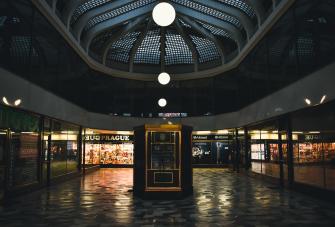What the Three Tier COVID Restriction System Means for Business
The Prime Minister has today announced a new three-tier alert system, which is intended to simplify and standardise lockdown rules throughout the country. The new “traffic light” system categorises the alert level into ‘medium’, ‘high’, and ‘very high’ - with the highest level mandating the closure of pubs and bars for a period of at least four weeks.
The new system comes as COVID-19 cases continue to rise at alarming rates throughout the midlands and north of England.
What does each tier mean?
- Tier one: 'Rule of six' remains in place, plus the closure of hospitality venues at 10 pm
- Tier two: no mixing of households indoors
- Tier three: no social contact with anyone outside your household. Pubs, bars, gyms, and casinos closed
Which areas will be affected?
Tier one will be the default setting, meaning that most parts of the country will remain under the rule of six and the 10pm curfew, but without any additional measures. Any areas that already have additional restrictions in place are expected to move into tier two automatically. So far, only the Liverpool City Region is moving into Tier Three.
Which businesses will be affected?
Despite speculation over the weekend that all hospitality businesses would be forced to close in tier three locations, restaurants have in fact been exempted from the latest measures. This raises the prospect that food-based pubs could remain open even under tier three restrictions. Of course, all hospitality venues - no matter where they are located - will have to close by 10pm.
In tier three lockdowns, pubs and bars, as well as casinos, betting shops, and gyms will be forced to close. Retail establishments will be able to continue operating under the same social distancing measures that have been in place since June.
Will there be financial support for businesses?
The new restrictions follow an announcement from Chancellor, Rishi Sunak, that employees who work for businesses forced to close will have two-thirds of their salaries paid by the state. The scheme will begin on November 1 when the furlough scheme will end, and will apply only to businesses forced to shut by government restrictions - rather than firms impacted by the pandemic.
The agreement to pay two-thirds of salaries will be operated alongside the range of measures outlined in the winter economy plan.
Additionally, impacted businesses will be provided with a cash grant of up to £3,000 a month, and a further £1b is being made available for local authorities to distribute.
Click here for more guidance on how to operate in line with COVID-19 restrictions



